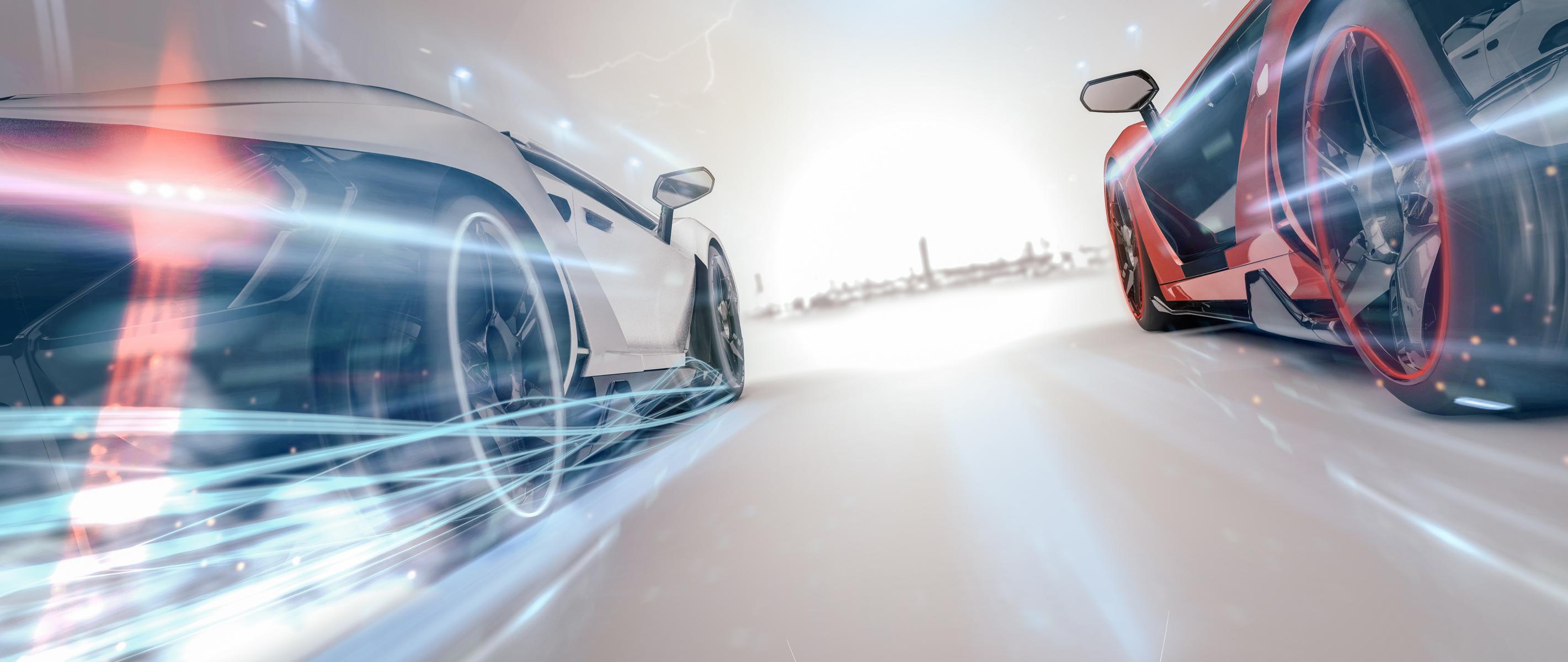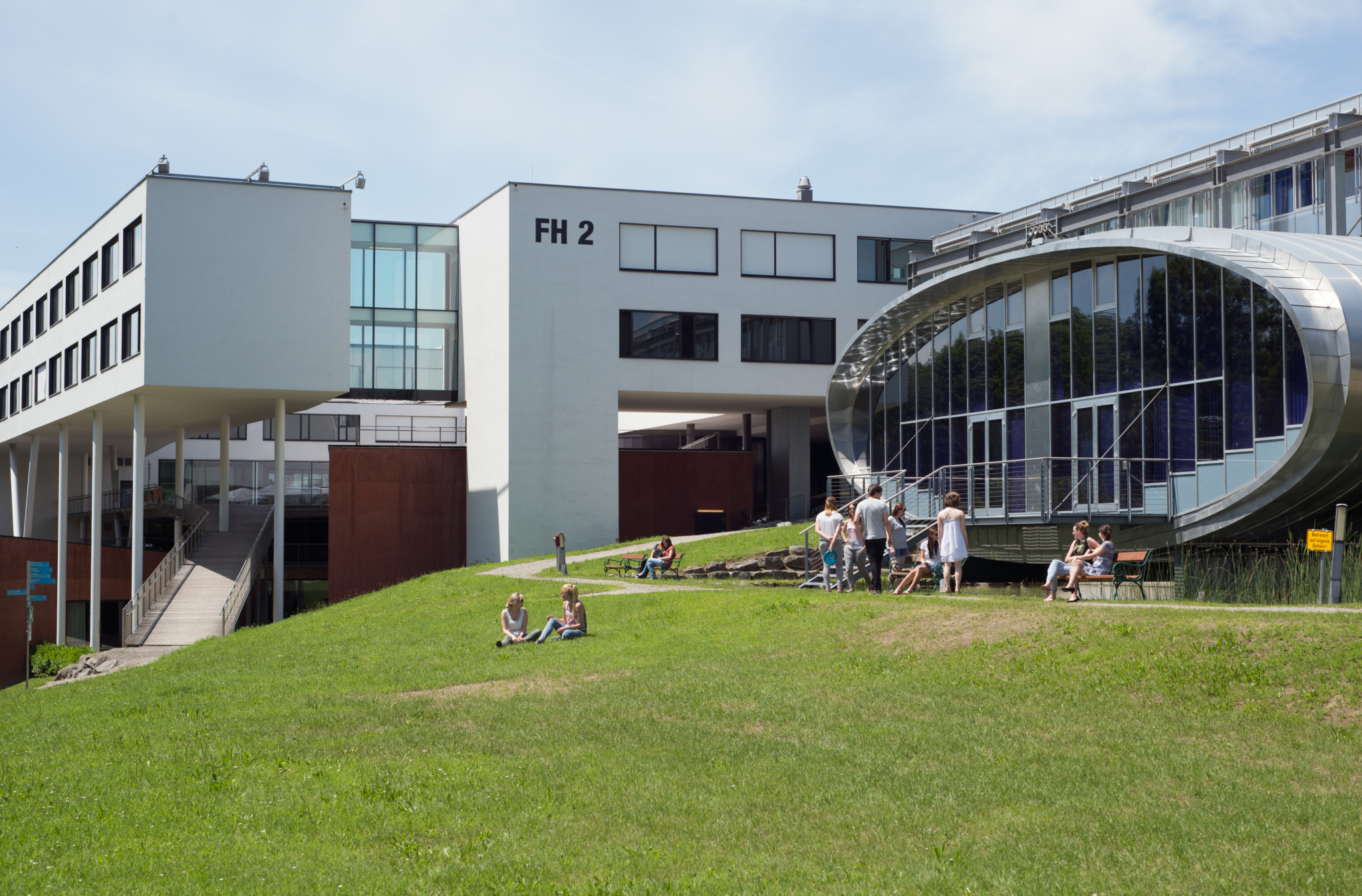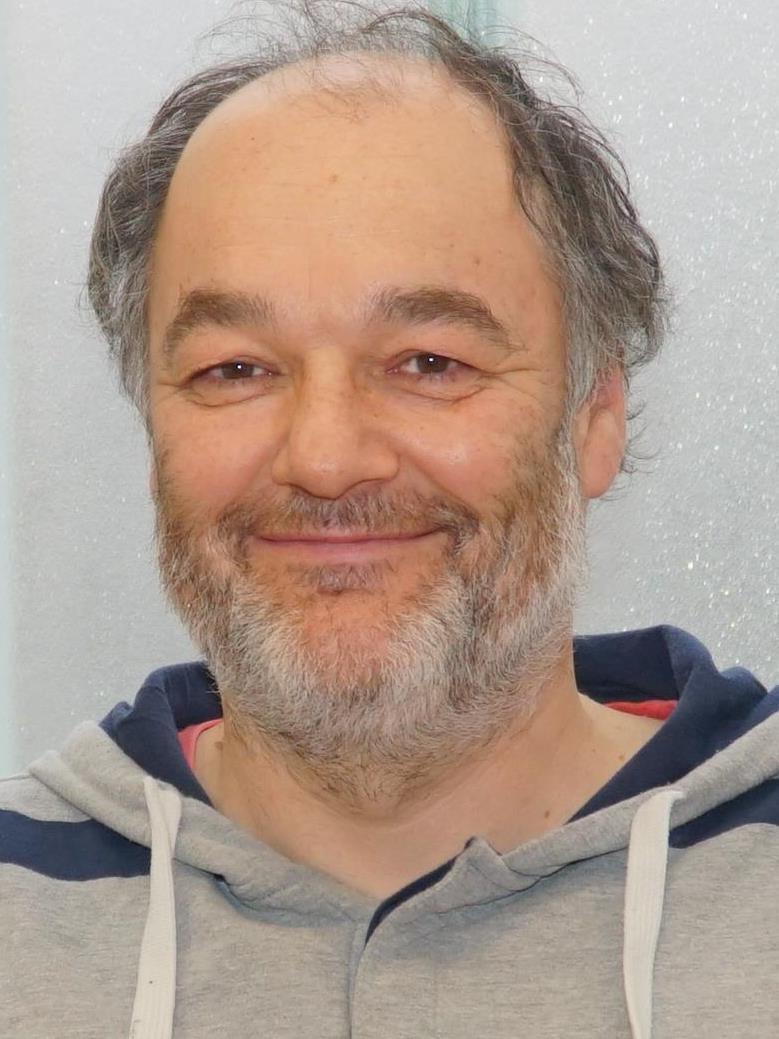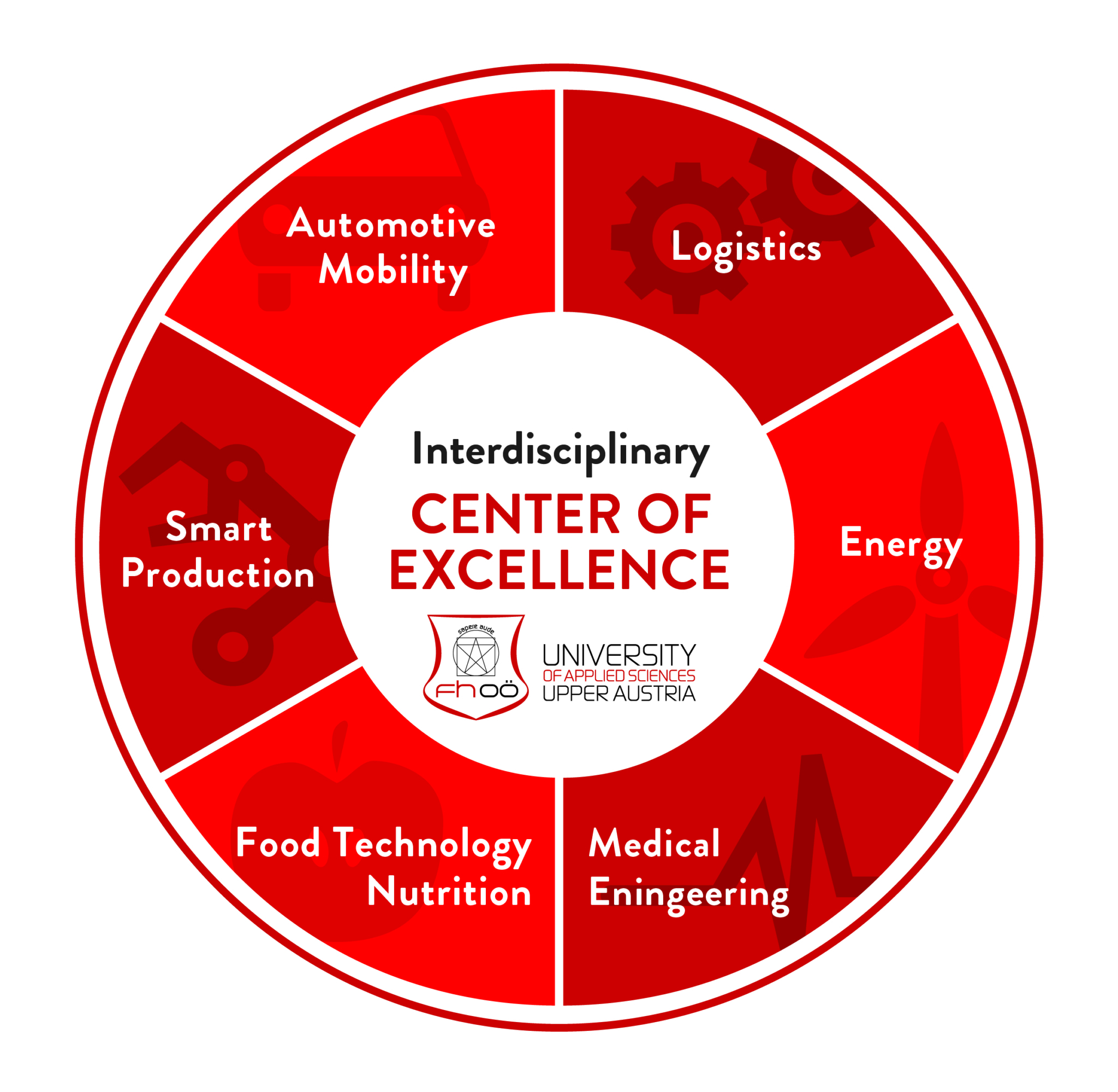CoE Automotive | Mobility
Intensive research is carried out in the fields of automotive engineering, new drive technologies, networked and cooperative mobility, lightweight construction and composite materials.

The Center of Excellence Automotive | Mobility was established in order to meet the requirements of the strategic programme ‘Innovative Upper Austria 2020’. The Center’s projects support the achievement of the programme’s strategic objectives.
The State of Upper Austria is undertaking joint initiatives in the areas of education, research and business through the strategic economic and research programme to ensure that Upper Austria retains a clear competitive edge.
The automotive and mobility sectors are essential for Upper Austria, which is taking on a leading role in areas such as drive concepts, vehicles, lightweight design and innovative composite materials. A broad range of businesses facilitates individual solutions and improves competitiveness.
The State of Upper Austria has in the University of Applied Sciences Upper Austria a longstanding partner in the field of research and development that actively supports the achievement of its strategic objectives.
COOPERATION MADE EASY
With more than 400 researchers, the University of Applied Sciences Upper Austria is on hand as a flexible and reliable partner for addressing research and development issues with businesses and institutions from industry and society.
The possibilities for cooperation are numerous and varied:
» Applied R&D projects with business partners
» Academic research projects
» International R&D projects
» Symposia and workshops
» Students’ bachelor’s and master’s theses
Project time frames can range from a few months to up to five years. The University of Applied Sciences Upper Austria offers its R&D support to businesses and institutions from industry and society.
This includes on the one hand businesses which lack personnel resources or have limited financial resources for their own research and development activities (e.g. small and mediumsized enterprises). On the other hand, solutions for companies needing specialised support (e.g. in the form of special equipment) are also available. For the University of Applied Sciences Upper Austria’s cooperation partners, a joint project is, above all, a financially straightforward and efficient undertaking. Geared towards the needs of the client, innovative solutions will be developed that can be put directly into practice.

ACHIEVE MORE THROUGH AUTOMOTIVE | MOBILITY
In the Automotive | Mobility sector, the University of Applied Sciences Upper Austria is pursuing an interdisciplinary and holistic approach that aims to achieve more efficient, safer, user-friendlier and socially and environmentally compatible mobility of people and goods. Intensive research is being conducted in the areas of lightweight design and materials, new drive technologies and connected mobility.
Focus on Lightweight Design and Materials
» Composites (especially carbon composites), plastics and metals for applications in the automotive and aeronautical industries
» Hybrid materials and structures
» Automation of the fabrication of composite and hybrid metal-composite structures using automated fibre placement, thermoforming, diaphragm forming, etc.
» Plastics and metal processing
» Press hardening as a manufacturing process for lightweight structural steels
» Process simulation for processing plastics, metals and composites
» Surface technology for lightweight design
» Joining technologies
» Recycling of plastics, composites and metals
» Materials testing and characterisation including non-destructive methods (X-ray computer tomography, active thermography, etc.)
» Mechanical engineering, mechanics, strength of materials, machine dynamics and machine elements
» Material modelling and structural analysis (such as static and dynamic loads, crash behaviour)
» Design and use of lightweight
» structures in mobility applications
Focus on Smart Drive and Vehicle Technologies
» Powertrain: Consideration of the entire hybrid powertrain from the motor to the road (design, simulation, etc.)
» Drives: Design, optimisation and algorithm development for drives (hybrid, electric motor, combustion), micro test stands
» Energy sources: Model development and optimisation of mobile – e.g. hydrogen-based –drive concepts
» Energy storage: Model development including service life predictions and testing of mobile battery systems
» Performance and control electronics: Development of power and control electronics (mobile and stationary), including algorithms, using model-based methods for overall system design
» Model-based algorithms: Development of model-, pattern- and data-based algorithms for control, monitoring and error diagnosis or service life prediction (e.g. drive train, bearings, etc.)
» Simulation: Simulation of mechatronic systems based on physical models, especially multi-body simulation. Development of real-time simulation models
» Sensor technology: Application-oriented sensor selection and development, real-time radio transmission, energy harvesting, replacement or improved evaluation of sensor systems through model-based algorithms
» ECU: Functional development of vehicle ECU software, HIL (hardware in the loop) simulation development including real-time models and testing
» Energy management: Development of operational strategies, optimisation, (standardised) driving cycles, holistic consideration of operating cycles, production and disposal
Focus on Connected Mobility
» Communication between individual vehicles and between the vehicle and road infrastructure
» Strategies for automated driving
» Algorithms for the efficient use of road networks
» Services (safety relevant, efficiency enhancing, infotainment)
» Modelling of human driving behaviour
» Mixed traffic with automated and human controlled vehicles
» Digitalisation to improve public transport services
» Human-vehicle interaction
» User interface design and expansion of communication and perception processes
» Development of new visualisation capabilities and interactive interfaces, exploration and design of novel graphical user interfaces
Cutting-Edge Infrastructure on every Campus
» Materials engineering laboratory: Lightweight design, including surface coati ngs, etc.
» Plastics processing: Blown film line, thermoforming station, etc.
» Composite production lines (diaphragm and press forming, etc.)
» Materials testing laboratory: X-ray com puter tomography, active thermography, strain field measuring system, etc. )
» Drive technology and electric drive laboratory
» Machine dynamics laboratory
» Simulation and optimisation tools
» Computing cluster
» Test vehicles (BMW X1, BMW i8)
» Media Interaction Lab
» Small combustion engine test stand
» Electric motor test stands
» dSpace HIL simulators
» dSpace prototyping systems


Your contact persons
General management of the CoE Automotive|Mobility and head of lightweight construction and composite materials

FH-Prof. Dipl.-Ing. Dr. techn. Roland Markus Hinterhölzl
Head of Studies
Head of Smart Drive and Vehicle Technologies

FH-Prof. DI Dr. Gernot Grabmair
Professor
of Control Engineering
Head of Connected Mobility

FH-Prof. DI Dr. Gerald Ostermayer
Head of Studies
Quick Links
I'll help you choose your study program.



